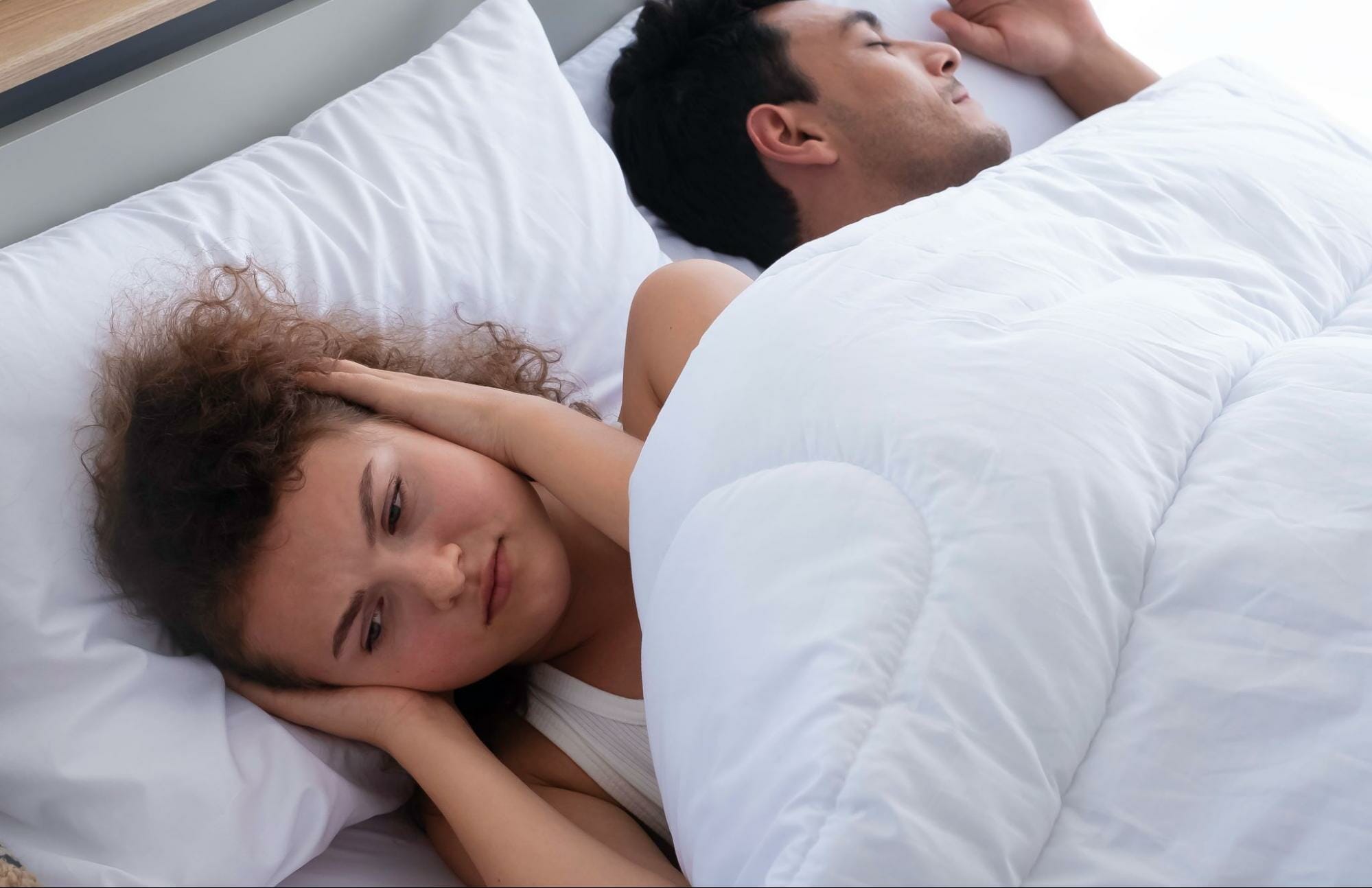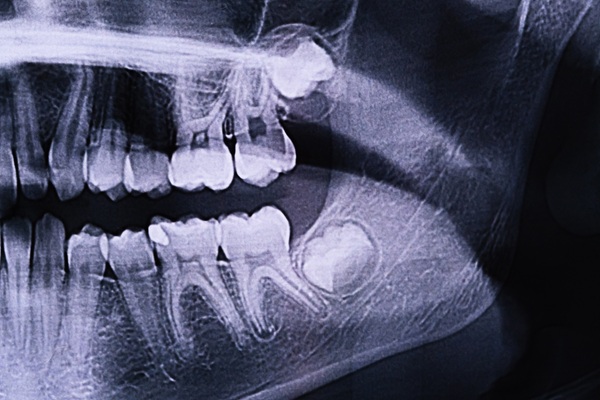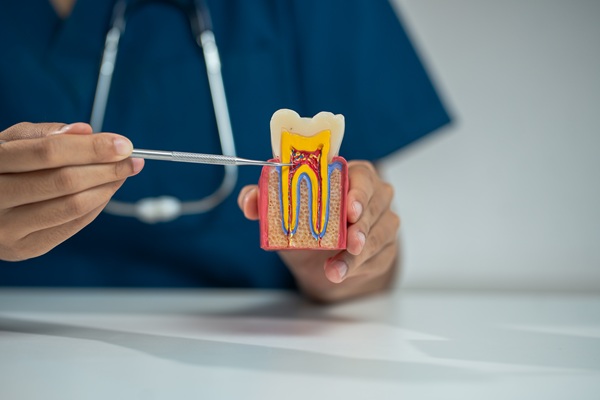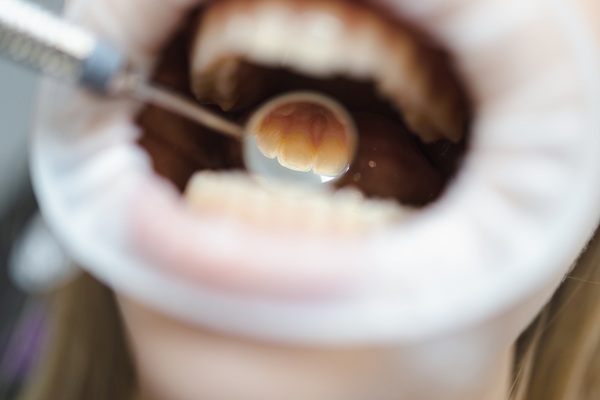Sleep apnoea: a seemingly harmless condition that often goes undiagnosed, yet it can have a profound impact on your daily life. From chronic fatigue to decreased productivity, the consequences of untreated sleep apnoea can be frustrating and overwhelming. Fortunately, various treatment options are at your disposal, tailored to suit your specific needs. Whether you prefer non-invasive approaches or more advanced medical interventions, finding the right treatment can help you regain control over your sleep and improve your overall well-being. In this article, we’ll walk you through the available options for treating sleep apnoea, empowering you to choose the one that resonates with you the most.
What is Sleep Apnoea?
Sleep apnoea is a sleep disorder characterised by repeated pauses in breathing or shallow breathing during sleep. These breathing interruptions, known as apnoeas, can last for a few seconds to minutes and occur multiple times throughout the night. Sleep apnoea disrupts the normal sleep cycle, preventing individuals from getting the full night’s sleep they need.
There are two main types of sleep apnoea. The most common form is obstructive sleep apnoea (OSA), accounting for about 80-90% of cases. It occurs when the muscles in the back of the throat fail to keep the airway open, leading to partial or complete blockage. The brain senses the lack of oxygen and briefly wakes the person up to reopen the airway, often causing loud snoring or gasping sounds.
The other less common type is central sleep apnoea (CSA). Unlike OSA, which results from physical blockage, CSA is caused by a communication breakdown between the brain and the muscles responsible for breathing. The brain fails to send the proper signals, leading to pauses in breathing.
Sleep apnoea affects people of all ages and genders, although certain factors can increase the risk. These include being overweight or obese, having a large neck circumference, being older, having a family history of sleep apnoea, having certain facial or physical characteristics, and having medical conditions such as high blood pressure, diabetes, or nasal congestion.
What are Sleep Apnoea Symptoms?
Common symptoms of sleep apnoea include:
- Loud snoring
- Episodes of breathing pauses or gasping during sleep
- Excessive daytime sleepiness or fatigue
- Morning headaches
- Difficulty staying asleep (insomnia)
- Waking up with a dry mouth or sore throat
- Restless or fragmented sleep
- Forgetfulness and difficulty concentrating
- Mood changes and irritability
- Frequent nighttime urination (nocturia)
- Reduced sex drive
- Weight gain or difficulty losing weight
It’s important to note that not everyone with sleep apnoea experiences all of these symptoms. The severity and combination of symptoms can vary among individuals. If you suspect you have sleep apnoea or experience any of these symptoms, it is advisable to consult with a healthcare practitioner for proper evaluation and diagnosis.
Sleep Apnoea Treatment Options
While there are multiple approaches for treating sleep apnoea, the first important step is to obtain an accurate diagnosis and find out the root cause of your condition. Through a comprehensive evaluation conducted by your dentist or healthcare provider, you can gain a clear understanding of the specific type of sleep apnoea you have and the underlying factors contributing to it. Once armed with this knowledge, you can then collaborate closely with your dentist for personalised treatment recommendations tailored to your unique needs.
Some of the most popular sleep apnoea treatment options include:
Oral Appliances (MADs)
Mandibular advancement devices (MADs) or sleep apnoea mouthguards are custom-made oral appliances designed to treat sleep apnoea and snoring. They are worn during sleep and work by repositioning the lower jaw (mandible) slightly forward, which helps to keep the airway open and prevent airway obstruction. By advancing the jaw, MADs help alleviate breathing difficulties and reduce the occurrence of apnoeas and snoring, providing a more comfortable alternative to continuous positive airway pressure (CPAP) therapy for mild to moderate sleep apnoea cases. To find out more about sleep apnoea mouthguards, their different types, and their pros and cons, check out our next blog.
CPAP Machine
Continuous positive airway pressure (CPAP) therapy is one of the most common treatments for sleep apnoea. It involves wearing a mask over the nose, or sometimes the nose and mouth, during sleep. The CPAP machine delivers a constant and steady stream of air pressure into the airway, which acts as a pneumatic splint, preventing the collapse of the throat tissues and keeping the airway open. This continuous flow of pressurised air effectively eliminates breathing interruptions, allowing for uninterrupted and restful sleep. CPAP therapy helps reduce the symptoms of sleep apnoea, such as loud snoring, daytime fatigue, and pauses in breathing, improving overall sleep quality and promoting better health outcomes.
BiPAP Machine
Bi-level positive airway pressure (BiPAP) machines are specialised devices commonly used to treat sleep apnoea and other respiratory conditions. Unlike CPAP machines, BiPAP machines deliver two distinct pressure levels: a higher pressure during inhalation and a lower pressure during exhalation. This dual-pressure system is beneficial for individuals who struggle with exhaling against the constant pressure of a CPAP machine or have specific breathing patterns. By providing a more customised treatment approach, BiPAP therapy enhances comfort and compliance. It helps maintain an open airway, improves oxygenation, and treats sleep apnoea symptoms, allowing individuals to experience restful sleep and improved overall well-being.
ASV Machine
Adaptive servo-ventilation (ASV) machines are used to treat central sleep apnoea. ASV machines continuously monitor the individual’s breathing patterns during sleep and deliver customised pressure support to maintain regular breathing. By adapting the pressure levels based on the person’s respiratory needs, ASV machines help normalise breathing patterns and ensure consistent airflow, managing central sleep apnoea and promoting better sleep quality.
Upper Airway Stimulation
This innovative treatment involves the implantation of a device that delivers gentle stimulation to the hypoglossal nerve, which controls the movement of the tongue and other airway muscles. The stimulation helps keep the airway open, reducing the frequency of breathing pauses during sleep.
Nasal Decongestants
Nasal congestion or obstruction can exacerbate sleep apnoea symptoms. Using nasal decongestants, nasal strips, or saline sprays can help alleviate nasal congestion, improve airflow, and reduce breathing difficulties during sleep.
Surgery
Surgical interventions are sometimes recommended to address structural issues that contribute to sleep apnoea. These procedures can be performed to help improve the airway by removing excess tissue and widening the air passage, ultimately enhancing airflow during sleep. These surgical options aim to alleviate sleep apnoea symptoms and promote better breathing.
Lifestyle Modifications
Lifestyle changes are particularly beneficial if you have mild sleep apnoea. As such, making certain changes in your daily habits can help improve sleep apnoea symptoms and bring better treatment outcomes.
- Weight loss is often recommended to help reduce the severity of sleep apnoea. Shedding even a modest amount of weight can alleviate the strain on the airway, leading to improved breathing during sleep.
- Avoiding alcohol and smoking is essential, as both can relax the throat muscles and contribute to airway obstruction. Alcohol should specifically be avoided close to bedtime, as it can further disrupt breathing patterns during sleep.
- Sleeping on your side rather than your back can help keep the airway open and reduce the likelihood of breathing pauses. The use of pillows or positional aids may provide additional support and promote better sleep posture.
In addition, maintaining a consistent sleep schedule, practising good sleep hygiene, and ensuring a comfortable sleep environment can aid in managing sleep apnoea symptoms and potentially reduce the need for more invasive treatment options.
Which Sleep Apnoea Treatment Option is Right for You?
Determining the most suitable sleep apnoea treatment option requires a personalised approach that takes into account your individual circumstances and the severity of your condition. Your dentist or healthcare practitioner can assess your specific needs and develop a tailored treatment plan. They will consider factors such as the type of sleep apnoea you have, underlying causes, and any other medical considerations. By working closely with your dentist and healthcare team, you can make informed decisions regarding the most appropriate course of action to alleviate your symptoms and improve your quality of sleep. Remember, each person’s sleep apnoea journey is different, and seeking professional guidance is key to finding the right treatment path for you.
A Good Night’s Sleep is Just a Consultation Away!
If you are struggling with sleep apnoea and want to ditch the conventional and potentially inconvenient treatment options, Bellevue Hill Dental has got you covered. We offer a groundbreaking solution to treating obstructive sleep apnoea: the Oventus Clearway DeviceTM (O2Ventᴿ). This remarkable 3D lightweight nylon mouthguard is designed to enhance airflow by bypassing obstructions caused by the nasal, soft palate, and tongue issues, providing a comfortable way to improve oxygen flow and ensure a restful night’s sleep.
We will assess your condition, discuss your symptoms, and work with you to develop a comprehensive treatment plan, along with personalised guidance and support to help you manage your sleep apnoea symptoms. Don’t let sleep apnoea hinder your well-being any longer.
Book a consultation today.




